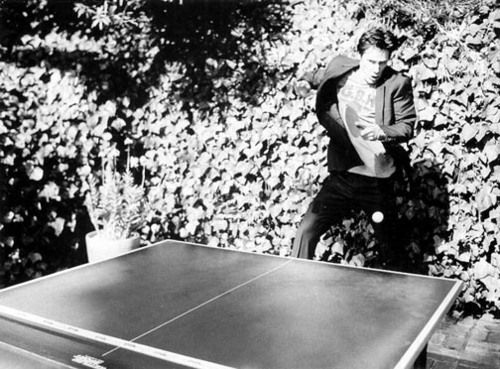Did you ever wonder what mice dream about? In the late 19th century, a young European mouse named Fievel dreamed of cat-free freedom in America. In the 20th century, a helium-addicted entrepreneur named Mickey started what would later become the world's mightiest entertainment empire. Now, thanks to a cadre of mad scientists, miniature murine minds may soon find themselves armed with ping-pong paddles, going toe-to-toe with Neo in "The Matrix." Cortical Labs, an Austrailian artificial intelligence (AI) startup company, is investing heavily in "biological computing." This brave new world of computer consciousness combines traditional, silicon-based hardware with living cells, or "wetware." It sounds like science fiction, but science has been catching up with the imagination of fiction authors since Mary Shelley published "Frankenstein" in 1818. Now, like that modern Prometheus, Cortical Labs combines electricity and organic tissue with galvanizing effects. Tonight, the role of Dr. Frankenstein will be played by Cortical Labs co-founder and CEO, Hon Weng Chong. "What we’ve actually built is a hybrid chip that is comprised of a CMOS [complementary metal–oxide–semiconductor] sensor, so it’s a silicon chip with a very fine mesh of electrodes," explains Chong. "What we’ve done is we’ve taken live neurons that we’ve extracted from mice embryos or we’ve differentiated them from stem cells and grown neural networks on the actual chip surface." With the help of a proprietary chemical recipe, the neurons hybridize with the silicone. The wafer-thin chip is engineered not only to receive signals from the nerve cells, but to send them back. Thus, a cybernetic feedback is born. Chong describes how neurons are uniquely suited for adaptability in computing: "Because these are electrodes, we can see the electrical activity and also apply a stimulus, a bit of a voltage, and in a sense, now we have a read-and-write interface into a biological substrate." While this is likely very interesting to those at the vanguard of the tech industry, the question remains how to capture the attention of the public. The answer, of course, is to teach the mouse brain-driven computer to play ping-pong against itself. "We try to build environments and games like Pong, Space Invaders and so forth so we can show that these things learn," says Chong. "There's sort of a universal learning algorithm backing it, but it's the environment that changes." Of course, Dr. Frankenstein's wild ideas would never have lumbered off the operating table without the help of his trusty assistant, Igor. It is the same with Chong, who leans on Cortical Labs Chief Technology Officer (CTO) Andy Kitchen to do the dirty work of harvesting brains, hooking up electrodes and the like. Kitchen describes the potential for mouse-ware to learn with unprecedented speed and plasticity. "Just like any other learning happens through kind of a series of stimulus-response cycles, like learning to ride a bike, we create a very specialized stimulus response cycle in order to induce a specific behavior that we care about," says Kitchen. "We would see hundreds of thousands of neurons and millions of neurons is certainly more powerful, have more latent power, than an equivalent silicon system." So how did Cortical Labs harness this power to create a virtual ping-pong world? "We sort of have built 'The Matrix' 0.1 alpha," says Kitchen. "We have what we call a closed loop stimulation system, which means that when neurons fire, they cause some change in a simulated environment, and that simulated environment will then create a stimulus for these live neurons. That's how you connect up the 'Pong Matrix.'" While clearly excited about the implications of his research, Kitchen stresses that the mice are no threat to Ma Long just yet. "We're getting play which is significantly above a simple random baseline, so we're seeing some sort of behavior shaping," he says. "But we really want to get it to the point where a layperson looking at it goes, 'Wow, it's really playing!'" After teaching the chips to replicate the two-dimensional Atari game Pong, Kitchen sees 3-D models as the next step. Next, the possibilities are endless. For Chong, the quest is not simply to sell computer chips, but to advance the scientific study of epistemology. "The only thing that we know of that actually has true intelligence is the brain," says Chong. "We said, let's start with the basic building structure, the building blocks being neurons, and let's build our way up and maybe we'll get there along the way." While virtual pong they may help fill the void left by the suspension of ITTF competition, who knows what breakthroughs await us on the other side of this one? At any rate, these schemes, and perhaps the very fate of the world, will be shaped by the vestigial dreams of mice.
More at Forbes
